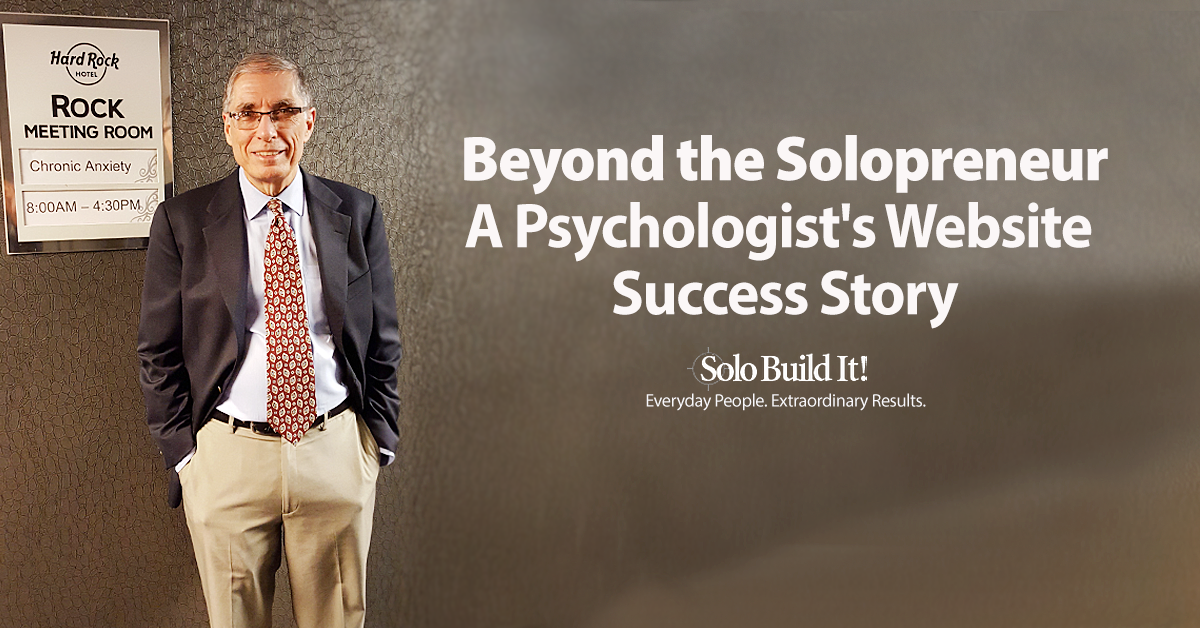I also made a decision that I would use the website to
literally “give away” everything that I knew about helping people with these problems.
– Dr. David Carbonell, www.anxietycoach.com
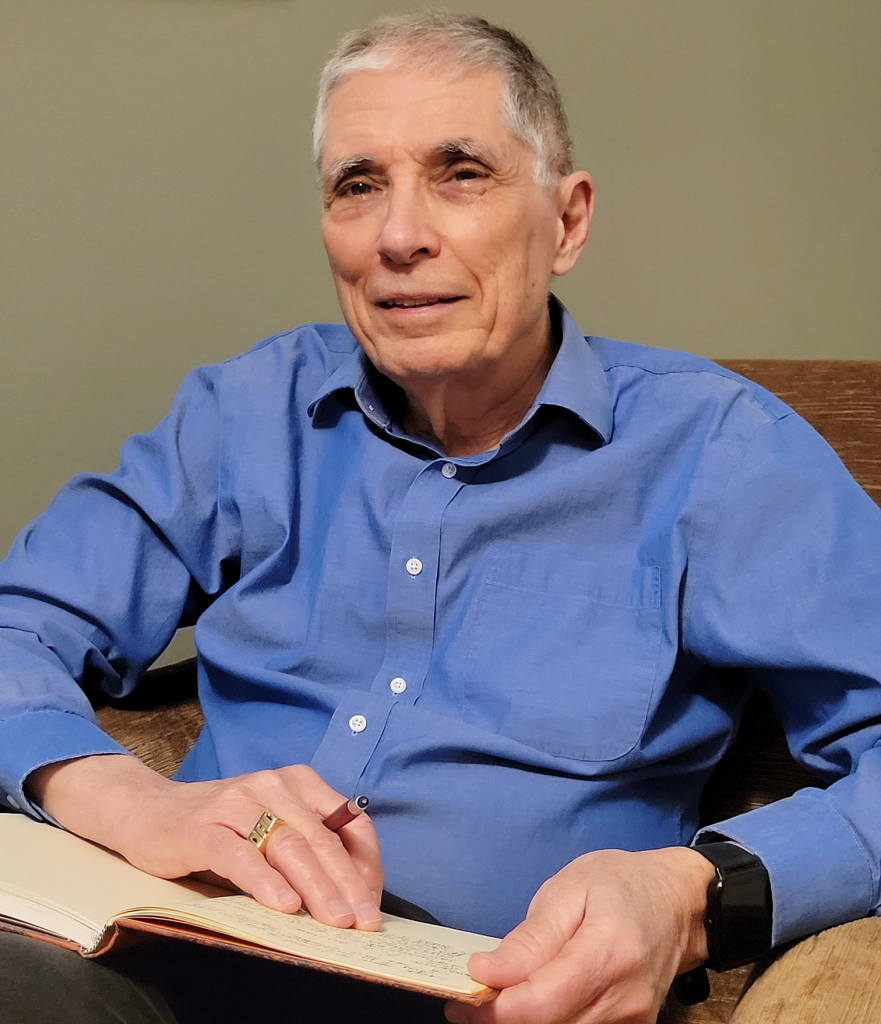 This quote gets right to the heart of Dr. David Carbonell’s mission: a deep and genuine desire to help people struggling with anxiety.
This quote gets right to the heart of Dr. David Carbonell’s mission: a deep and genuine desire to help people struggling with anxiety.
As a Clinical Psychologist specializing in anxiety disorders for over three decades, David has dedicated his career to understanding and treating fears, phobias, panic attacks, and OCD.
He’s not only a therapist in Chicago, but also an author of four self-help books and a sought-after workshop leader for fellow therapists.
Back in 2000, driven by this passion to help, David launched his first website — a free self-help resource. However, despite the help of a web designer, it remained largely invisible online.
Undeterred, and even more determined to reach those in need, he rebuilt his online presence in 2005, this time choosing Solo Build It!. Why SBI!? Because he understood that passion alone wasn’t enough. He needed a platform that could help him get his message heard.
In our interview, Dr. Carbonell shares his online journey, from having to hire an assistant just to deal with his book sales, to struggling with Google updates (who can relate?) to his decision to put the site on auto-pilot.
Read on for a healthy dose of online business wisdom! Doctor’s orders. 😉
1. David, can you tell us a bit more about your professional background and why you started anxietycoach.com back in 2005?
I’m a psychologist who specializes in helping people with anxiety disorders — fears, phobias, panic attacks, chronic worry, social anxiety, and OCD. I’ve been in practice since 1989.
I originally put up a website in 2000. That site was constructed for me by a web designer, and it was designed to be a free self-help site for people struggling with anxiety disorders.
I decided to rebuild the site in 2005 because it really wasn’t getting any significant traffic. I also didn’t want to be dependent on the designer for expanding and revising the site.
However, that first site didn’t achieve much traffic. This is a key lesson: passion alone isn’t enough to get your message heard online. You can’t just sit down and start writing. You need to know what content to create and how to create it.
David realized that to truly help more people, he needed to shift from simply having a website to building a site that would reach his audience.
In addition, he wanted to be able to work on his site himself, without the need for a designer or webmaster. So, which platform might possibly support him in achieving both goals? 🤔 Find out below!
2. What made you choose Solo Build It! to create and host your site? What SBI! features or tools did you find most helpful?
I looked at a number of services. I chose SBI! because it appeared to be the only service that integrated building for search engine traffic into the first steps of site design and beyond.
The content of my previous site had been quite good, but it lacked any emphasis on attracting search engine traffic, and so it didn’t get much. I found SBI!’s system for selecting and using keywords very helpful.
His first attempt lacked this focus. It had good content, but little traffic to show for it. He realized content alone isn’t enough.
This is a crucial insight for anyone building online. Attracting visitors — from search engines and other sources — needs to be a core part of your plan, not an afterthought.
That’s why the first five chapters (or “DAYs”, as we call them) of the Solo Build It! Action Guide are dedicated to niche research and content planning, before you even register your domain name.
Part of this research involves brainstorming the right keywords (topics) to cover — topics that people are searching for and where you have a genuine chance to “win” in search results.
However, in today’s AI-driven world, one aspect of content creation is more important than ever: prioritizing the human visitor. Provide the best possible answer to your visitor’s question, problem, or desire, using your unique voice, experience, and expertise.
In short: Go beyond outdated, superficial SEO tactics and focus on a content-first, user-centered approach.
3. For over a decade, your site was wildly successful in terms of traffic, and one of the most popular anxiety self-help sites around. What do you think were the main factors for this success?
I wish I knew for sure! Over time, my Google page rankings became very good, which I attribute to following the Solo Build It! guidelines very closely.
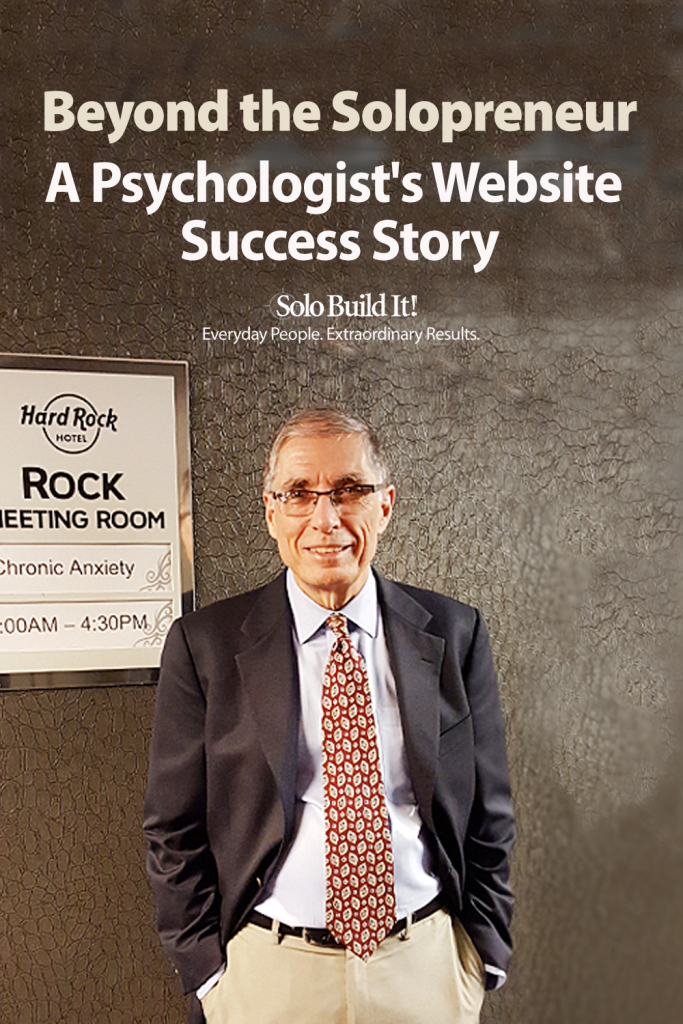
I had good content that was specifically written for people who needed help with the types of anxiety problems I treated in my practice — panic disorder, social anxiety disorder, agoraphobia, fear of flying, fear of public speaking, animal phobias, generalized anxiety disorder and obsessive compulsive disorder.
I wrote my content in a voice that was as direct and simple as I could manage, whereas many mental health sites are written in a voice that unfortunately favors jargon over simple communication.
I also added many humorous touches, because I found in my practice that humor was a powerful ingredient that helped people overcome these problems.
And I made a decision that I would use the website to literally “give away” everything that I knew about helping people with these problems.
So I didn’t just suggest that changing your breathing might help with panic attacks. I included a video that showed people how to change their breathing, and offered specific instructions for how and when to practice, and how to use breathing for their own improvement.
Too many mental health sites seem to aim for providing enough information to get you to enroll in their services, but not enough to help you foster your own recovery. I wanted to provide enough specific and clear information that motivated individuals to take these materials and work toward their own recovery.
David followed Solo Build It!’s guidance, using its keyword brainstorming and analysis tool to identify relevant keywords (topics) that people were searching for.
He then wrote outstanding, high-quality content for these topics. He focused on directly addressing the real questions and pain points of people struggling with anxiety disorders.
He delivered this content in clear, simple language and an engaging tone. Unlike many in his field, David avoided jargon and used humor to connect with his audience. This made his site more accessible and relatable.
What’s more, he prioritized genuine helpfulness and generosity. In other words, he overdelivered, building trust and authority. He truly aimed to help visitors, not just try to sell them something.
4. During that time, what role did your site play for your work as a psychologist? How did it impact your life, both professionally and personally?
Originally, it was purely a free self-help site. At that time, there was no online therapy, or licensing by which therapists could practice with clients from other states, so the site didn’t really have much effect on my practice, which was restricted to Chicago.
I decided to include no advertising of any kind because I find that mental health sites that run ads, and paid links, often lack credibility. I felt it was a stronger position to be able to say that the site was exclusively funded by me.
Later, as I wrote a series of self-help books, I offered them for sale on the site. During this time the traffic was so heavy I had an assistant just to take care of book sales.
Anxiety Coach was also a platform by which I could market my training for professional psychotherapists, which I brought all over the country. Beyond this, the website amplified my voice in urging the profession to adopt newer approaches to the treatment of anxiety disorders.
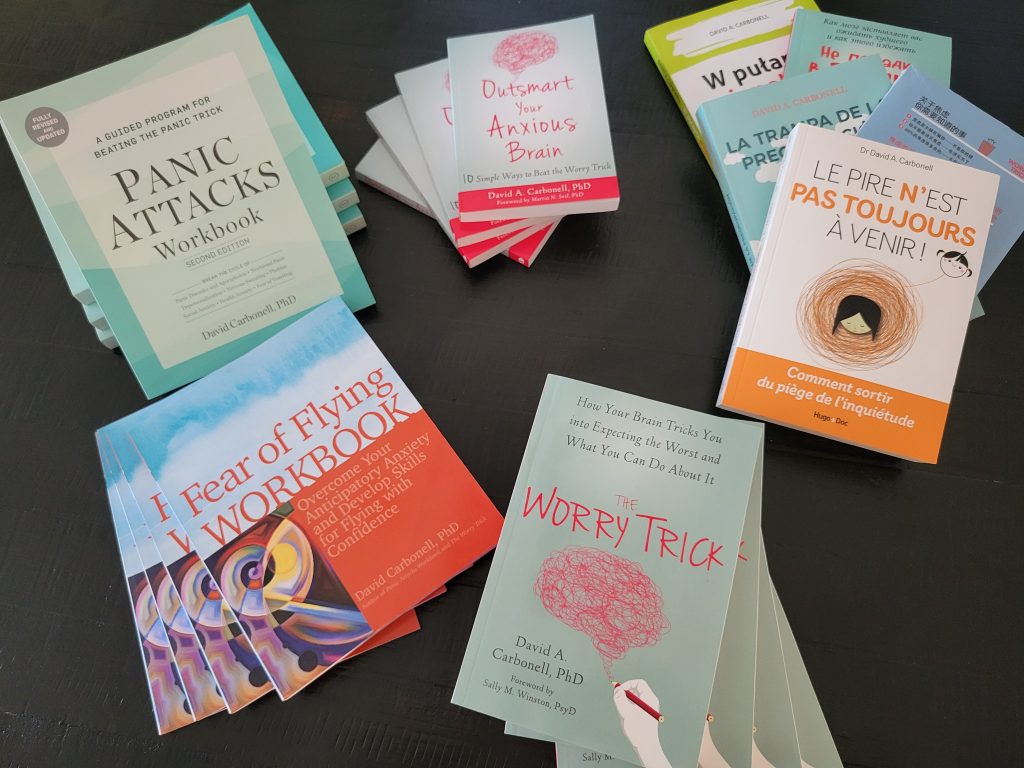
It can build authority, create new income streams, and amplify your professional influence in ways you might not initially foresee.
5. In 2019, your site saw a significant traffic drop, likely due to Google algorithm changes, a painful experience for many site owners. Can you tell us about the steps you took after this happened?
I tried to figure out the cause, or causes, of the drop. I was not able to pin it down to specific causes that I could, or wanted to, remedy. I carefully reviewed the SBI! materials about Medic and other Google updates and made the suggested changes.
I consulted with an SBI! Professional. I switched to a responsive design, paid a lot more attention to the needs of mobile phone viewers, and added many more photos.
None of these changes had a major impact. In the end, it seemed the likeliest explanation was that my site had become rather static, and Google seemed to favor sites that were frequently being updated. But who knows?
When you’ve been impacted, you might be tempted to throw in the towel! Totally understandable. But the better way to deal with a traffic loss is what David did: he took action.
He reviewed Solo Build It!’s resources about Google updates, consulted an SBI! Professional, and updated his site’s design and content.
Despite these efforts, the traffic didn’t fully recover.
The key lesson? Diversify your traffic sources. Don’t rely on search engine traffic alone. Build up a social media presence. Grow an email list. Collaborate with other bloggers or influencers in your niche.
6. You decided to put your site on “auto-pilot” after the traffic drop rather than trying to rebuild. What were your main reasons for this decision?
I was already as busy as I could be in my practice, so I wasn’t looking for more referrals. I was also pretty busy writing books, and didn’t relish spending more time writing and rebuilding the site.
The website was intended to supplement the work I was doing in my practice, rather than be a separate online venture, and since the practice continued to do well, I didn’t feel a strong need to overhaul the site. I was also nearing retirement age.

His website, even without active updating, continues to exist, to offer value, and likely to generate some passive income. This is a flexibility you rarely find in the offline world.
Imagine trying to put your day job or a brick-and-mortar business on “auto-pilot.” It’s simply not feasible. But a website, once built, can continue to function and deliver value, even if you shift your focus elsewhere.
This ability to adjust the intensity of your website efforts to match your current life and business goals is a significant advantage.
Sometimes, maintaining a “good enough” website that runs itself is the smartest strategic choice, freeing up your time for other priorities, whether personal or professional.
7. What’s the biggest lesson you learned from building and managing your website? Would you do anything differently if you could go back in time?
I can see how it would have helped the website endure by continually upgrading and revising the content, shifting to more videos, etc. But I don’t think I would have done anything terribly different from what I did.
After I had covered all the main disorders and topics, I wrote quite a few long-tail pages for keywords and topics that would be of strong interest to smaller segments of the anxiety community.
Once that was done, I didn’t see much benefit in adding more topics. Mine was not a site like a travel site that would continually offer new services and destinations.
But he didn’t.
His content strategy wasn’t about expansion or upgrading just for the sake of it; it was about giving his visitors everything they needed. Nothing more, nothing less.
I wish more content creators followed David’s philosophy. That would help reduce the amount of useless content out there!
8. Anxiety self-help is as much needed today as it was 10 years ago, if not more. Have you considered “reviving” your site by selling it or passing it on to a family member or colleague?
Presently I am continuing to work part-time, and probably won’t pass the site on until I’m fully retired, but I expect I will pass it on when that happens, ideally to another professional in the field.
This highlights something important: a well-built website is a valuable asset, even if you put it on “pause.”
It can retain its value over time. It can still help people. And, as David considers, it can be passed on, sold, or “revived” later.
Unlike many other business efforts that lose value when you stop working on them, a website can keep working for you — or for someone else — long into the future. That’s a big advantage of building an online business.
9. Finally, what’s your single most important piece of advice for someone just starting their online journey?
Be flexible, humble, curious and persistent!
Flexibility is essential online. Things change fast. You need to adapt.
Humility keeps you learning. There’s always more to know. Stay open to advice.
Curiosity fuels growth. Explore new ideas. Keep asking “why?” and “how?”
Persistence gets you through tough times. Building a business takes time and effort. Don’t give up easily.
Focus on developing these qualities in yourself, and you’ll be well-equipped for writing your own success story.
So, stick at it. Believe in yourself. And build that business you’ve been dreaming of.
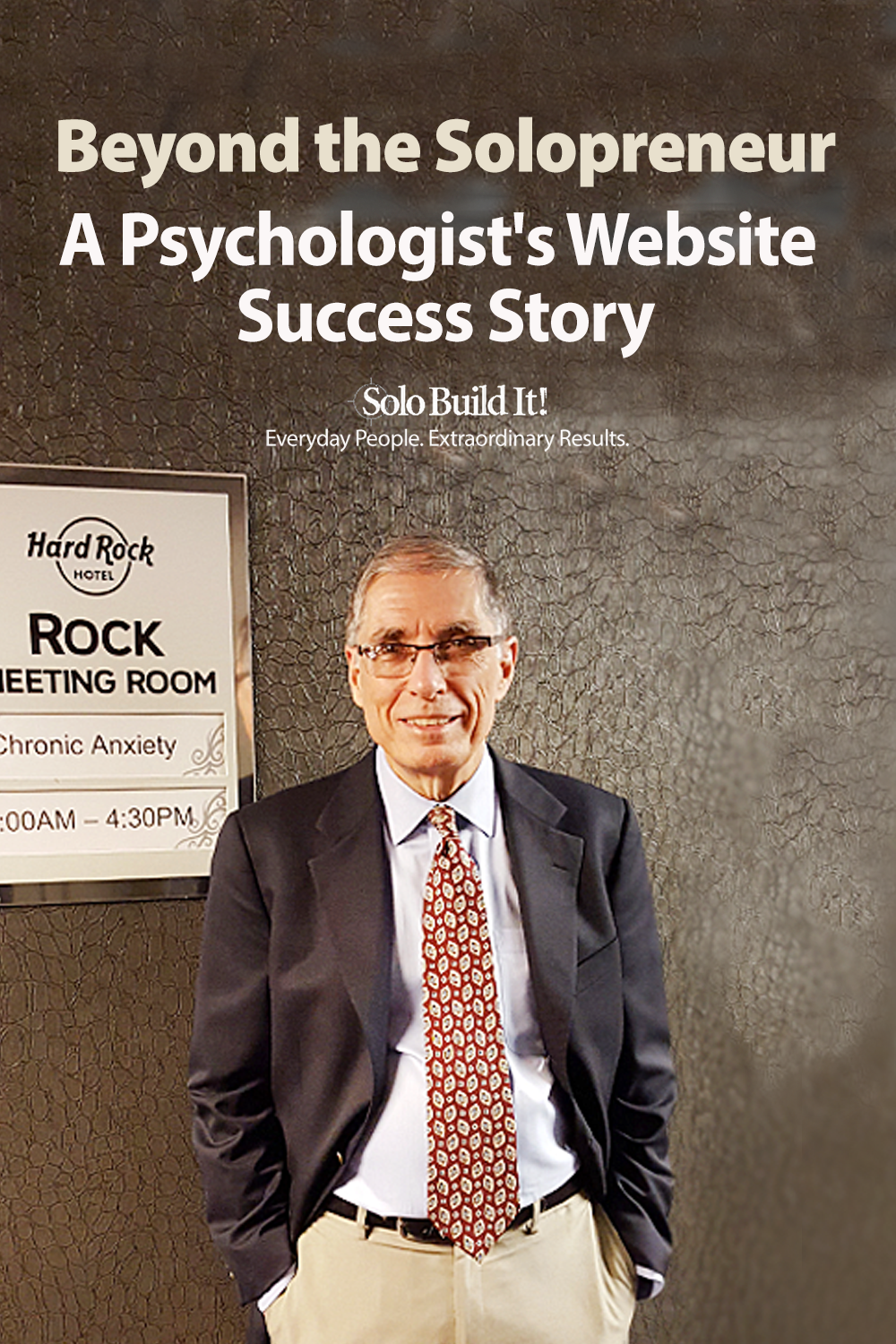
Latest posts by Margit Streifeneder (see all)
- From Traffic Peaks to Auto-Pilot: A Psychologist’s Website Success Story - March 27, 2025
- From Swim Teacher to Solopreneur: Building Passive Income Online - February 27, 2025
- From Concierge to Global Tours: 10 Lessons for Travel Business Growth - December 19, 2024

